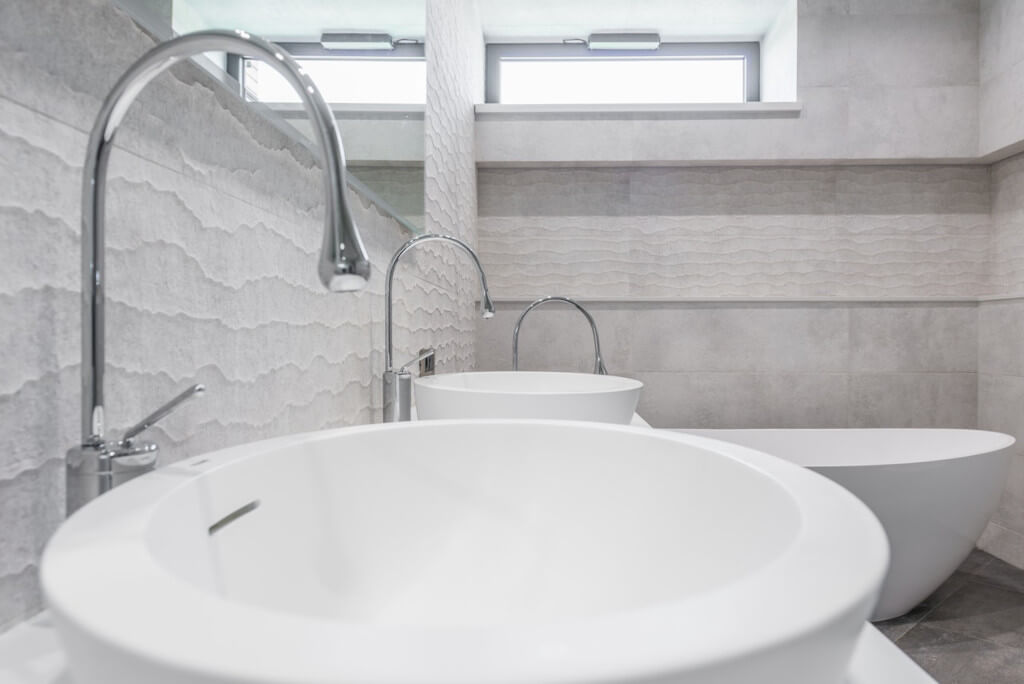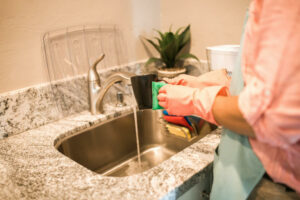
If you are considering remodeling or renovating your bathroom, having a general knowledge about bathroom plumbing will assist you in knowing what’s what, so here is everything you need to know about it.
Do you want to know more about the plumbing in the bathroom? You have arrived at the correct location. It is very beneficial to have at least a fundamental comprehension of how anything in your bathroom functions to better prepare yourself. It will aid you when remodeling or upgrading your bathroom, but it is also merely useful to know in case anything goes wrong with your bathroom plumbing.
In this section, we will discuss the many varieties of hot water systems and how to identify them, as well as all you need to know about wastewater and pipe works in bathrooms.
You have a low-pressure gravity-fed system if the tank for your cold water is located in the loft and the cylinder for your hot water is located elsewhere in the house, most commonly in an airing closet. It is the household water system that is used the most frequently. Since the water in the cistern is supplied by gravity and keeps the entire system under tension, the height of the cistern near the shower determines the amount of pressure that is generated.
A cylinder is supplied with cold water from the rising main in a hot water system that does not have a vent. The water in the cylinder can be heated using either an immersion heater or a heating coil. The cylinder is constructed to withstand water that is under pressure from the mains. It is not necessary to have a cold water tank in the loft if the cold taps are supplied with water from the rising main. Both the water’s rate of flow and its pressure ought to be increased.
The Tankless Water Heater
Alternately, you may have a system in which hot water is produced on demand by a combined boiler while there is neither a cistern in the loft nor a hot water cylinder for storage. This type of system is known as a tankless water heater. Because the system receives its supply of water from the mains, the water pressure is relatively high.
It is essential to choose fittings for the bathroom, like shower and tap mixers, that are compatible with the plumbing in the bathroom when you are updating or replacing these components. It’s possible that traditional gravity-fed devices don’t offer enough pressure for some people.
Which Showers Operate With Which Water Heating System?
The sort of shower that can be installed in your house will be determined by the type of hot water system that you have.
Do you have a boiler that combines elements?
You have the option of installing electric or mixer showers in your new bathroom. However, it is not possible to link a pump to a combination boiler to increase the rate of flow of a mixing shower. When the cool water supply comes directly from the mains, a pump is not necessary and should not be used.
Do you have a cylinder in your home that stores hot water?
It is possible to install a power shower, electric shower, or mixer shower. The mixer shower can be equipped with a pump to enhance the amount of water that flows through it. Keep in mind, however, that the installment of a pump may need the purchase of a larger cylinder for the water heater to keep up with the increased water flow.
What Should Be Done With the Used Water in the Bathroom?
The used water from the bathroom is drained into a big vertical pipe or pipes, which are eventually connected to the primary drainage system underneath. Homes built before the middle of the 1960s often contain two pipes: one for the waste water and one for the soil. In newer houses, the soil and wastewater are combined into a single pipe known as a soil stack.
With modern systems, the wastewater from the toilets, sinks, bathtubs, and showers located on the upper floor is collected in a dirt stack. In the earlier design, the wastewater from the WCs was drained through a smaller pipe that was connected to a soil pipe that was located on the exterior wall.
In an ideal world, a new bathroom would be wired into the building’s sewage system. However, if you are installing one in a position that doesn’t make this conceivable, you can still make the arrangement work by using a flexible small-bore waste pipe in conjunction with a pump that has a macerator. However, this will result in increased expenses, so ensure that this is accounted for in your calculations before continuing, or making alternate arrangements for the restroom.
Have you ever wondered why there are numerous bends in the pipes that carry waste away from sinks, basins, and WCs? If a connection releases wastewater, it will have a trap to enable the watertight seal to work which prevents the stench of drains from entering your bathroom.
What Happens to the Piping Systems in Bathrooms That Are New or Have Been Renovated?
Pipework that carries hot and cold water into the area and carries waste out of it should be disguised for the sake of maintaining a clean and orderly appearance in the bathroom, regardless of whether you are constructing a new bathroom or fixing an existing one.
Plastic Piping Should Be Used Since It is Flexible
A bathroom makeover can be finished most cost-effectively by simply exchanging an old suite for a new one that is installed in the same location. Do you fancy reorganizing the space? Both the supply pipes and the waste pipe will need to have their routes changed. The supply pipes will need to be extended.
What is Unique About Pipework in a Loft Bathroom?
Remember that it is much easier to connect to the existing soil pipes for bathrooms on other levels than it is to add in a new one if you are converting the loft and adding a new bathroom as part of the space. This is something to keep in mind if you are planning to add a new bathroom to the area. If this is not the case, you will need to consider the placement of any outside drains and you should contact the best plumbers in Cape Town who can assist you with this.



